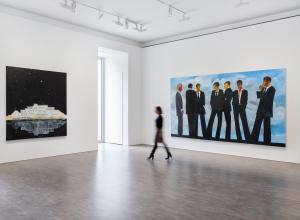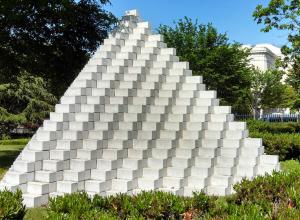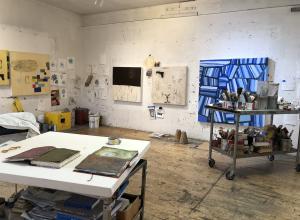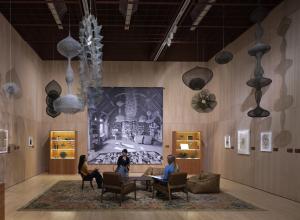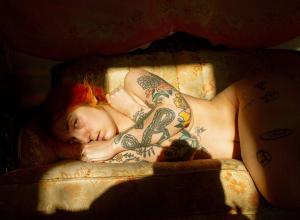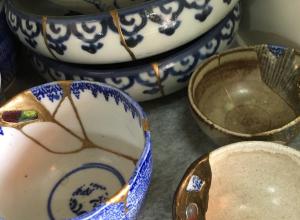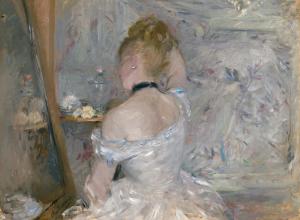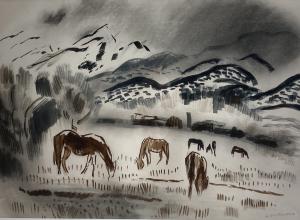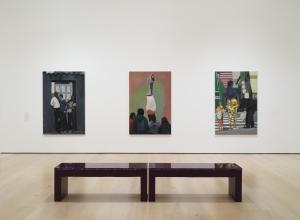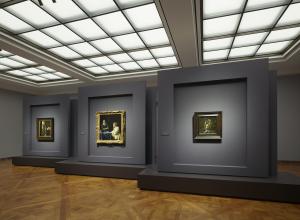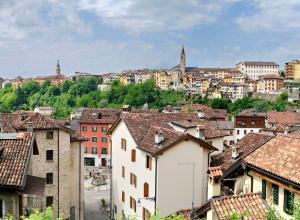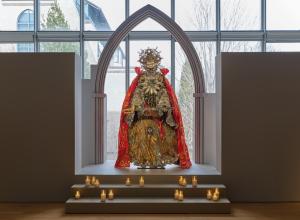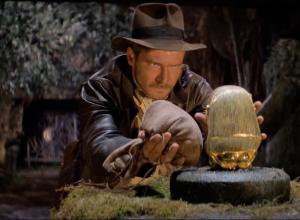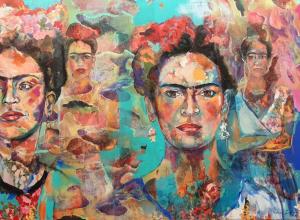Howe moved to New York in the early nineteen-fifties to study music but soon realized that his calling was the painted canvas. His friend and the art historian Edward Lucie-Smith encouraged Howe to paint what he knew. What Howe knew was the cowboy culture of Southern New Mexico. He was raised in Hot Springs, now Truth or Consequences, New Mexico. As Howe was learning to paint, he fell in love with the style of the École des Beaux Arts. He also realized that the style of the École gave him a format to explore the male form at a time of very repressive attitudes about the LGBTQ+ community and to still be considered a serious artist.
The series that established Howe’s reputation as an artist is Rodeo Pantheon. Paintings of the École primarily promoted paintings with a mythic theme. The American cowboy is of course a mythic figure and the American Southwest, of which Southern New Mexico is a defining part, is the myth machine for this nation. The major paintings of Rodeo Pantheon brilliantly combine the stylistic myth elements of École paintings with much that is mythic about the American West. And much that is mythic about the American West shapes our perceptions of ourselves as a nation.




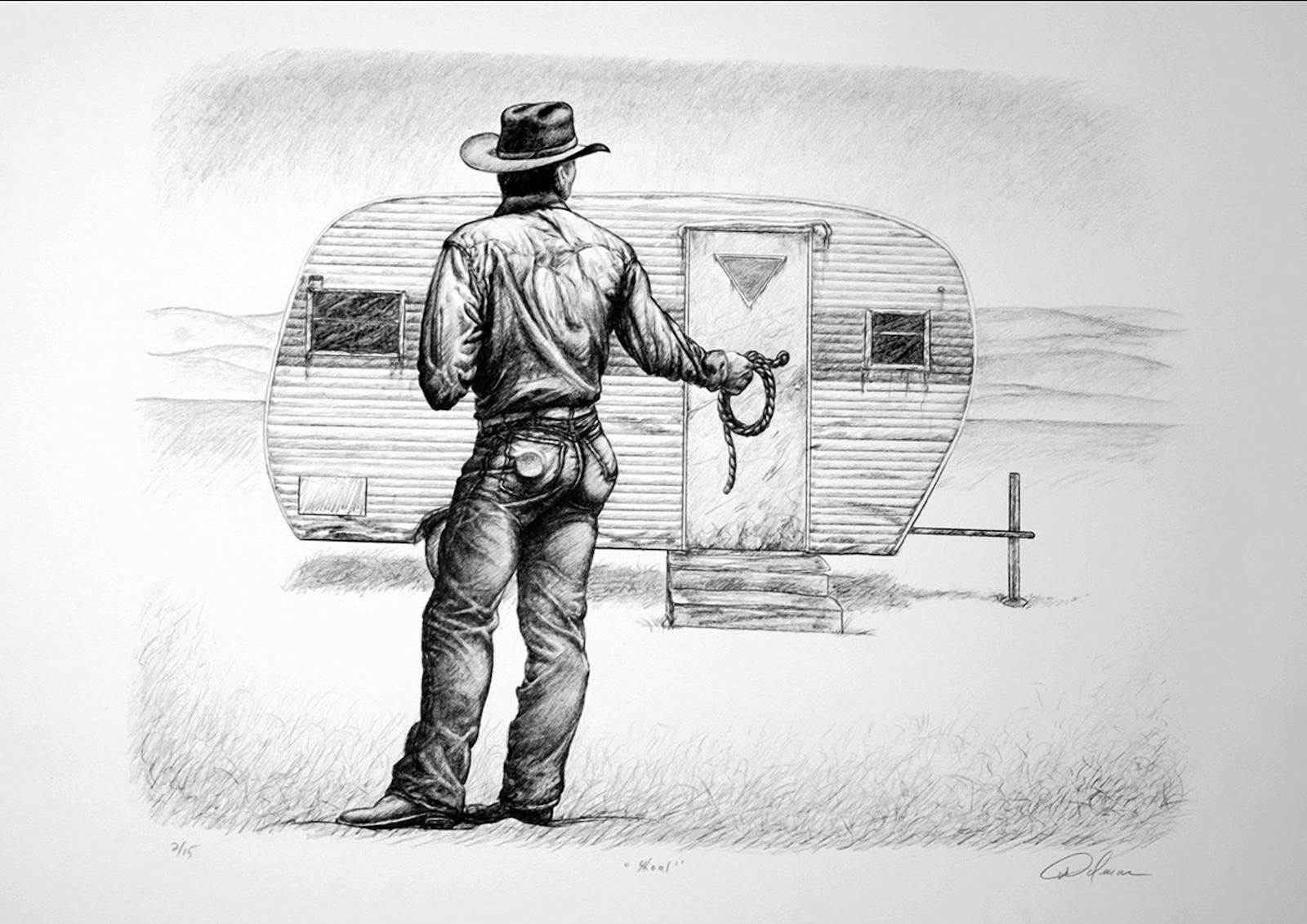
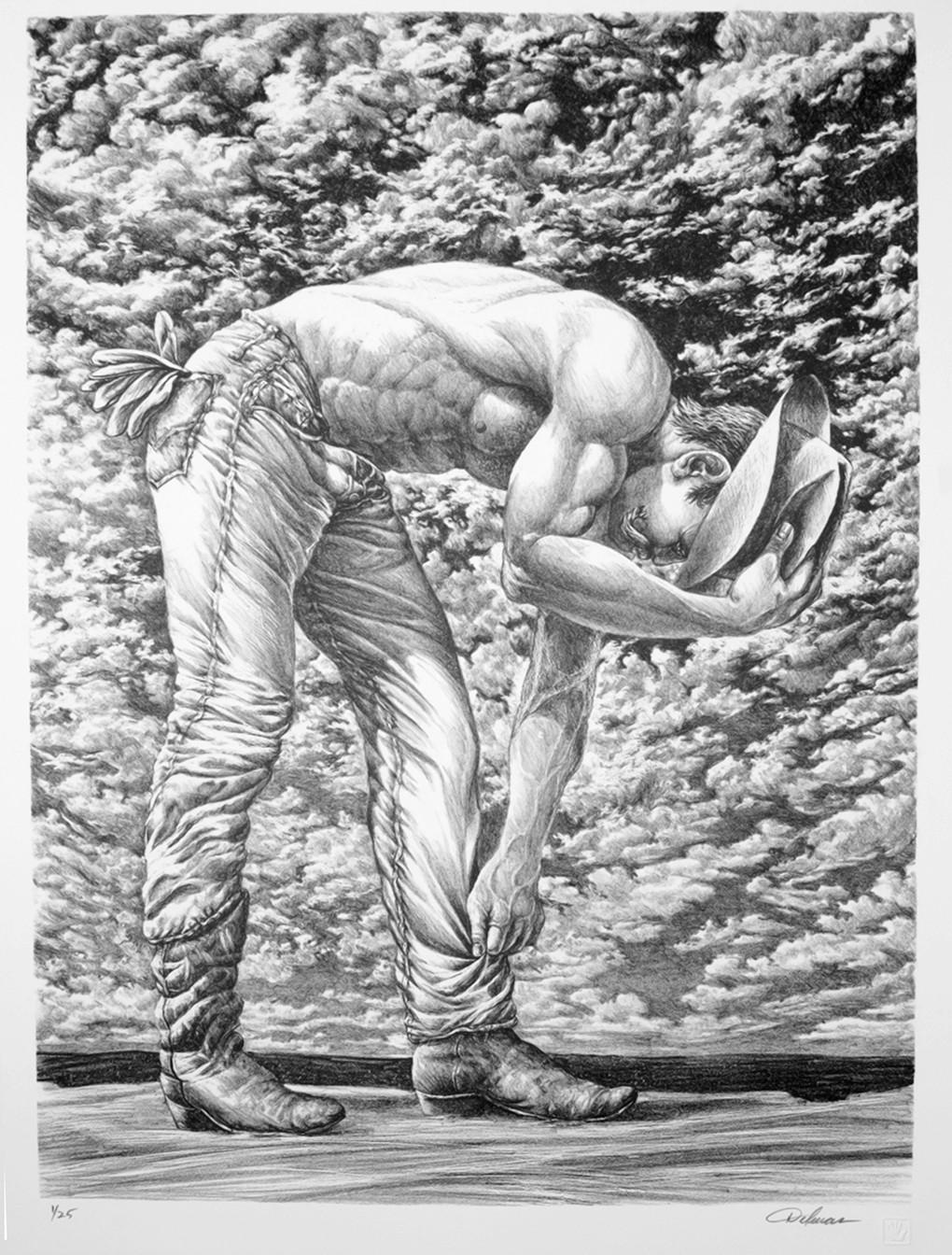
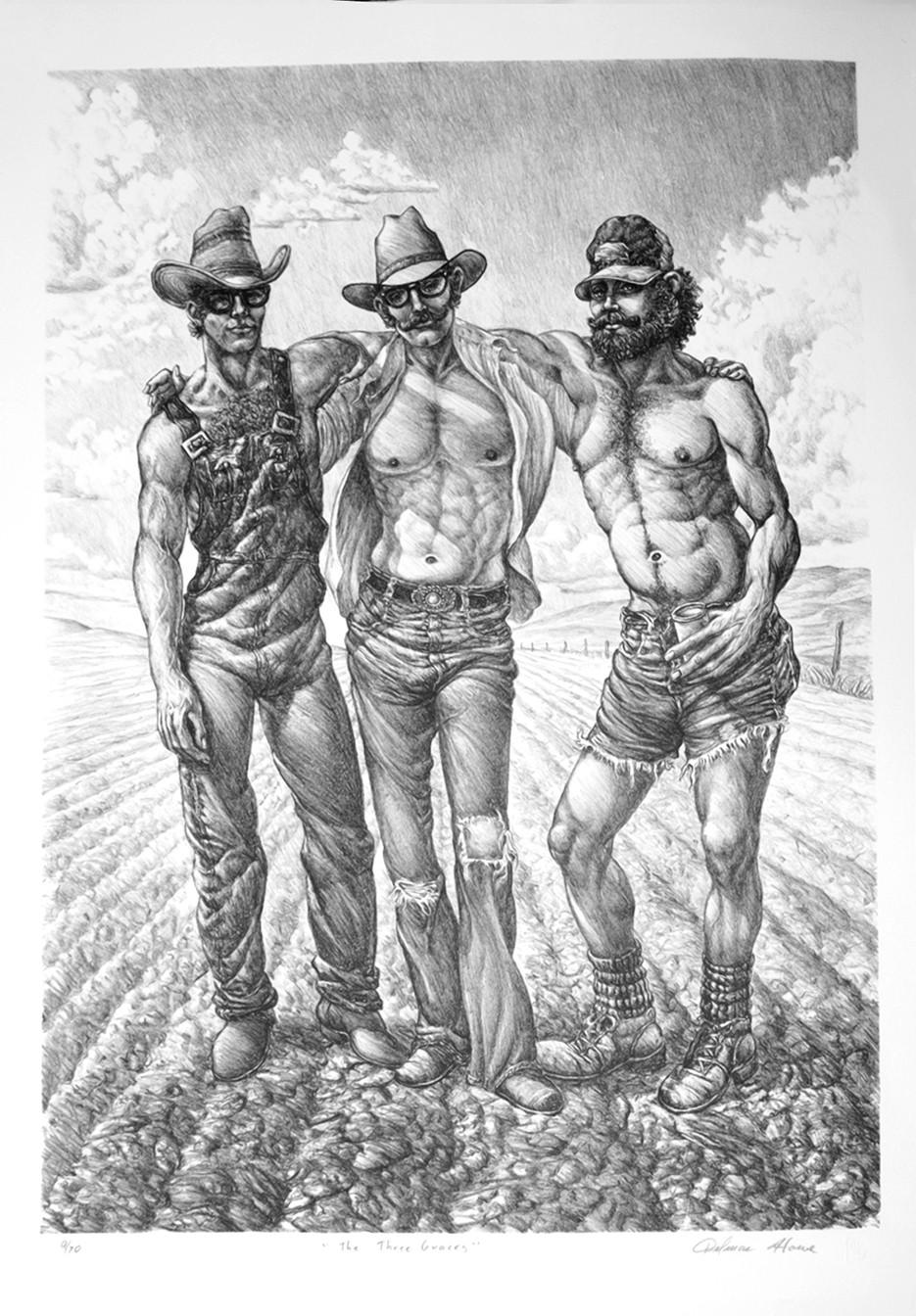
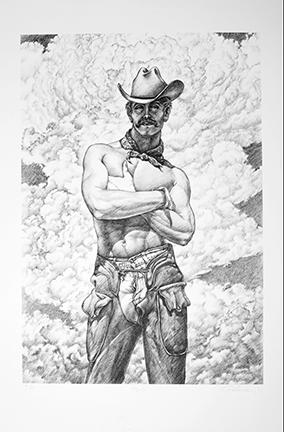


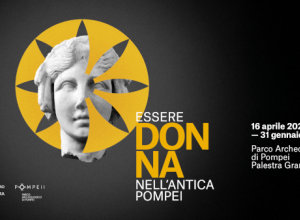
![Merina [Pop Chalee] Lujan, Taos, 1906 – 1993, Yellow Horse, gouache on paper, 13 1/8 x 18 1/8 in. (33.3 x 46 cm.) Estimate: 1,000 – 2,000](https://cdn.artandobject.com/sites/default/files/styles/image_5_column/public/4630-58.jpg?itok=kBAYkc0u)
